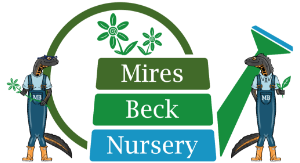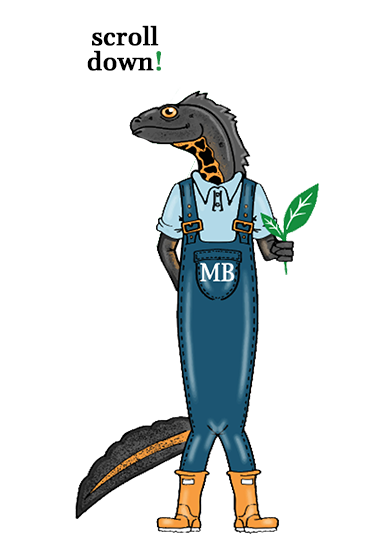Quercus robur (Pedunculate Oak)
Other Names: Common Oak, European Oak, English Oak.
Description: Often known as the ruling majesty of the woods this is a large deciduous tree commonly seen in woodlands, parks and hedgerows throughout the UK. With an often large trunk circumference of up to 4m in “Grand” Oaks, this is the thickest tree on average in the country. Very similar to the Sessile Oak but distinguished by having no stalk from twig to leaf and with a stalk from twig to acorn cup. Deeply fissured grey bark.
Uses: Oak trees produce one of the hardest and most durable wood on the planet and as such have been greatly valued for millennia. However, they are very slow growing and can take 150 years to be most useful in construction. Modern uses are flooring, wine barrels, furniture and firewood, but famous historical uses are strong gates to castles and building wooden battleships, especially during the Napoleonic wars where one ship of the line could use as many as 400 trees.
Conservation Value: Whether Sessile or Pedunculate, Oaks support more wildlife that any other native species making them invaluable in conservation terms. They are the sole provider of habitat for 257 species of insect which are in turn the food source for birds and other species of predator. The bark provides ideal locations for mosses, lichens and liverworts and the deadwood cavities often found in mature trees provide nesting and roosting opportunities for birds and bats.
Preferred Locations: Chalk, clay, sand and loam soils which are moist but well drained and in full sun to partial shade.
Size: Around 35m
Time to reach full height: 20 to 50 years.
Lifespan: 350 years
Rhamnus cathartica (Buckthorn)
Other Names: Purging Buckthorn, Common Buckthorn
Description: This species in a small prickly tree, locally common in England and Wales and is often found on woodland edges, hedgerows and scrub where is grows more as a bush. It can also be found in wet “Carr” woodland. The flowers are small and yellow-green which are then followed by purple-black berries.
Uses: The term “Purging” Buckthorn comes from its traditional use as a laxative throughout the Middle ages, where is was thought to rid the body of illness and disease. The wood has little use but the bark and fruits have been used to create yellow dye.
Conservation Value: As with all thorny trees and shrubs this, they make excellent nesting sites for birds while the berries are also a valuable food source. The flowers are pollinated by many insects but the notable conservation value is as a food source, second only to the Alder Buckthorn, for the rare and endangered Brimstone Butterfly who’s caterpillars eat the leaves.
Preferred Locations: Tolerant of many habitats but often prefers calcareous soils. Tolerant of shade of full sun but grows well in damp areas.
Size: Height of only around 8m with a canopy spread of 3m.
Time to reach full height: 20-30 years.
Lifespan: 100 years.

